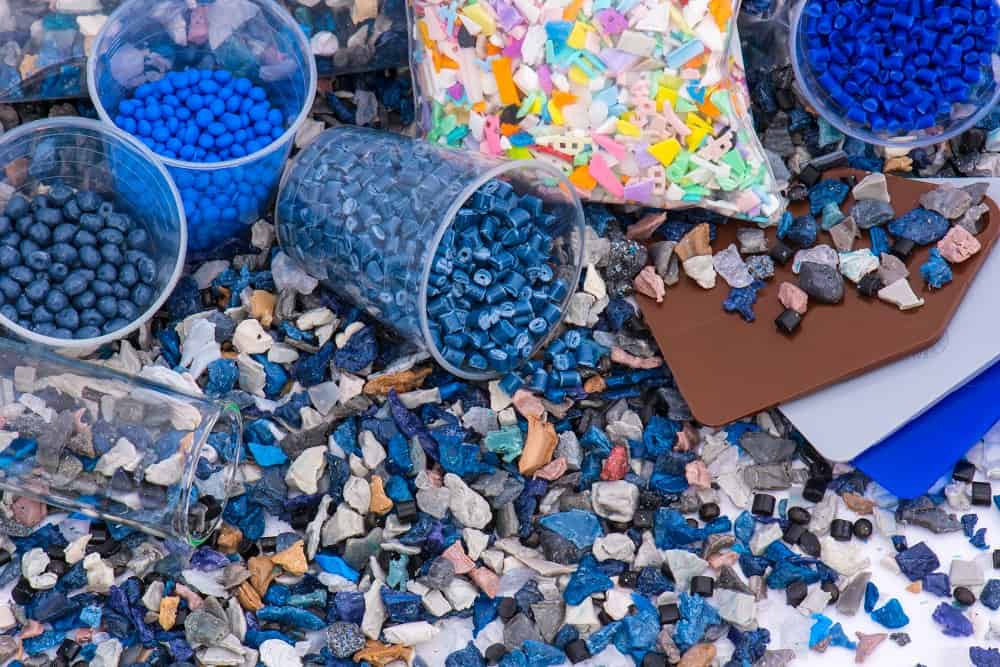Grinding is one of the most crucial stages in the industrial recycling process. From the reduction of plastics to the preparation of metals, the correct choice of grinding technology ensures greater operational efficiency, better material utilization, and cost reduction. Understanding the available technologies will help you select the most suitable one for each type of waste.
In this article, we present the 6 most used grinding technologies in the recycling industry, detailing their applications, advantages, and characteristics.
Blade grinders are one of the most widely used technologies in the recycling industry, especially for plastics, rubber, and other non-metallic materials. They operate through a set of mobile blades rotating at high speed against fixed blades, generating precise and efficient cuts.
Advantages of blade grinders:
- Precise cutting: Ideal for materials requiring uniform fragmentation.
- Low maintenance: Blades are easy to sharpen or replace, reducing downtime.
- Versatility: Capable of handling a wide variety of materials, from plastic waste to textile fibers.
These grinders are essential for preparing materials before subsequent stages such as compaction or extrusion. Additionally, their design allows for the adjustment of final particle size through screens or sieves.
2. Impact Grinding (Hammer Mills)
Hammer mills stand out for their capacity to process harder and more resistant materials, such as wood, light metal scrap, and agricultural waste. These machines use a series of hammers mounted on a rotor to repeatedly strike the materials against a grinding chamber, breaking them down through repeated impacts.
Advantages of hammer mills:
- High grinding capacity: Suitable for large volumes of materials.
- Particle size versatility: The final size can be adjusted through interchangeable grids.
- Resistance to hard materials: Ideal for applications requiring high impact forces.
Despite their efficiency, these mills generate more heat and noise than other systems, which may require environmental control measures in industrial settings.
3. Granulation Grinding (Granulators)
Granulators are used to reduce materials to medium sizes, typically between 6.3 mm and 25 mm. They operate through blades or rollers that break down the materials, producing homogeneous particles that can then be processed in subsequent stages, such as extrusion or chemical recycling.
Advantages of granulators:
- Uniform granule production: Designed to achieve specific intermediate sizes.
- Ideal for plastics and polymers: Widely used in the granulation of recycled plastics for reuse in new products.
- High processing capacity: Suitable for continuous operations in industrial environments.
Granulators are often integrated into automatic recycling lines where the crushed material needs a standardized size before being reprocessed or melted.
4. Attrition Grinding (Disc or Ball Mills)
Ball mills are known for their ability to reduce materials to extremely fine sizes. They operate through a rotating drum containing steel or ceramic balls. The movement of the drum causes the balls to strike and pulverize the materials inside.
Advantages of ball mills:
- High precision: Used to obtain fine and homogeneous particles.
- Specialized applications: Ideal for fragile materials or those requiring a fine finish, such as certain plastics, minerals, or chemicals.
- Controlled wear mechanism: The balls and drum lining are designed to withstand long grinding operations without rapid deterioration.
Despite their precision, these mills are slower than other types and tend to have higher energy requirements, making them suitable for processes where the quality of the finish is critical.


